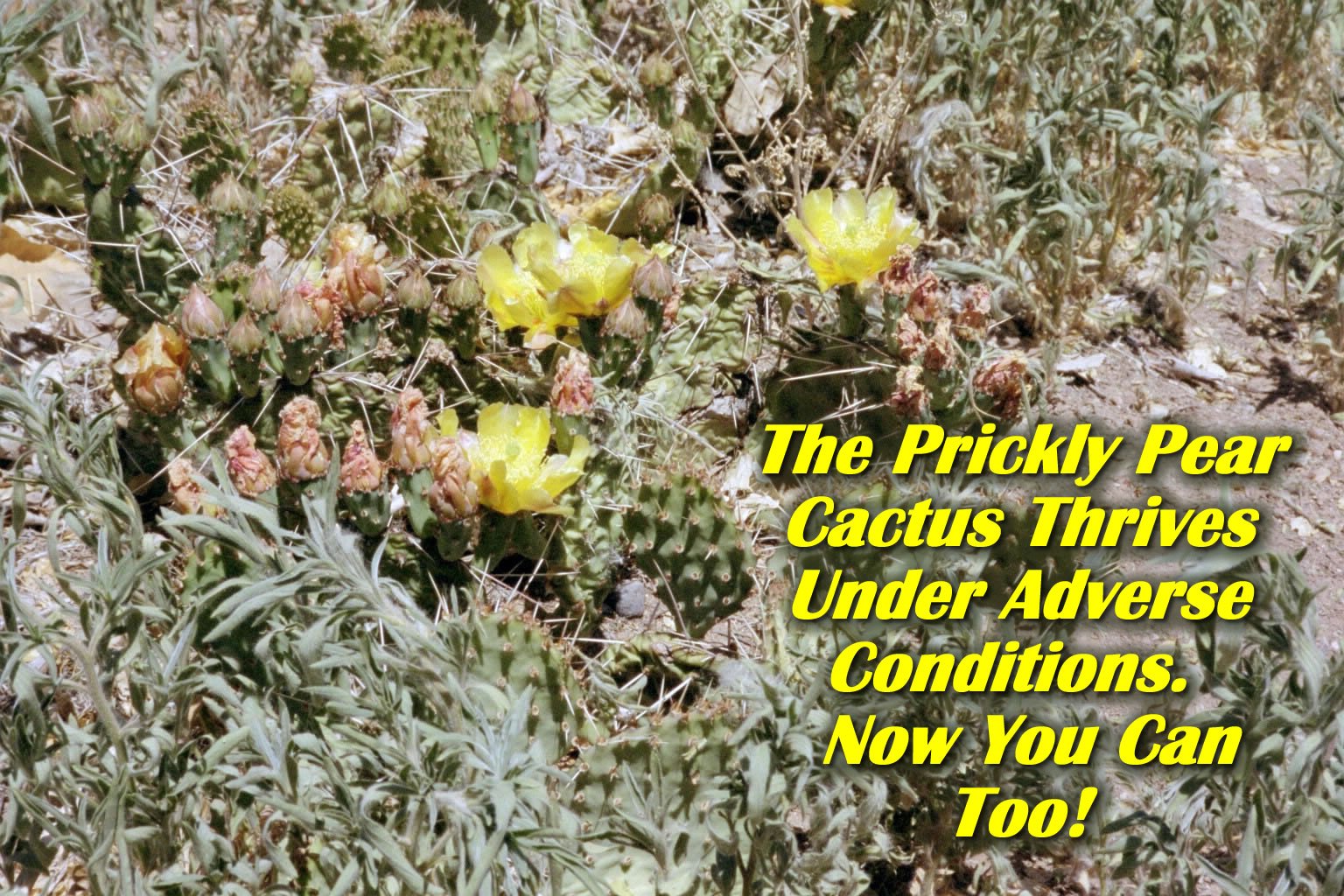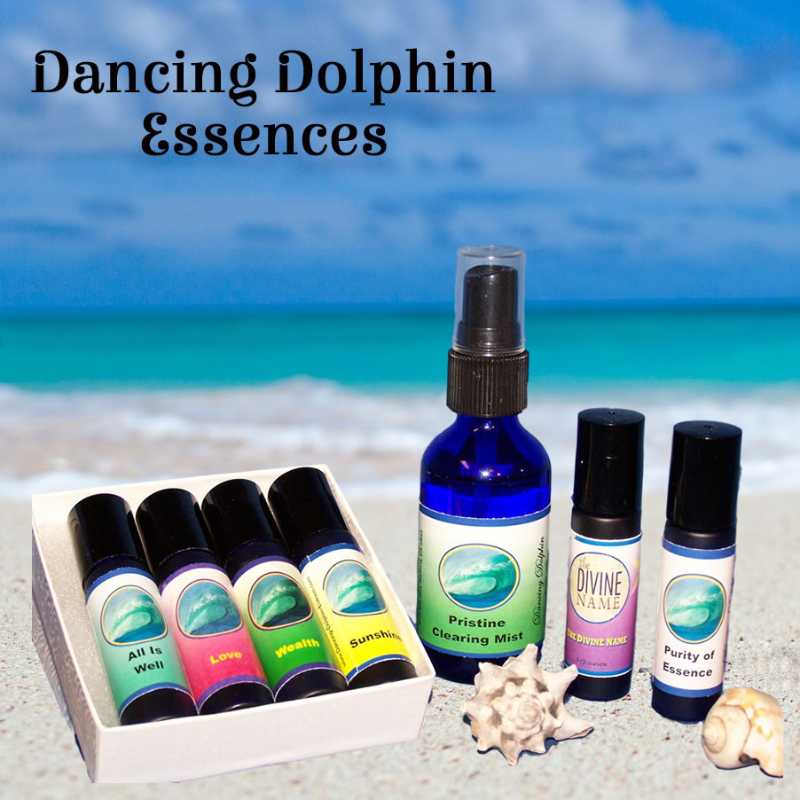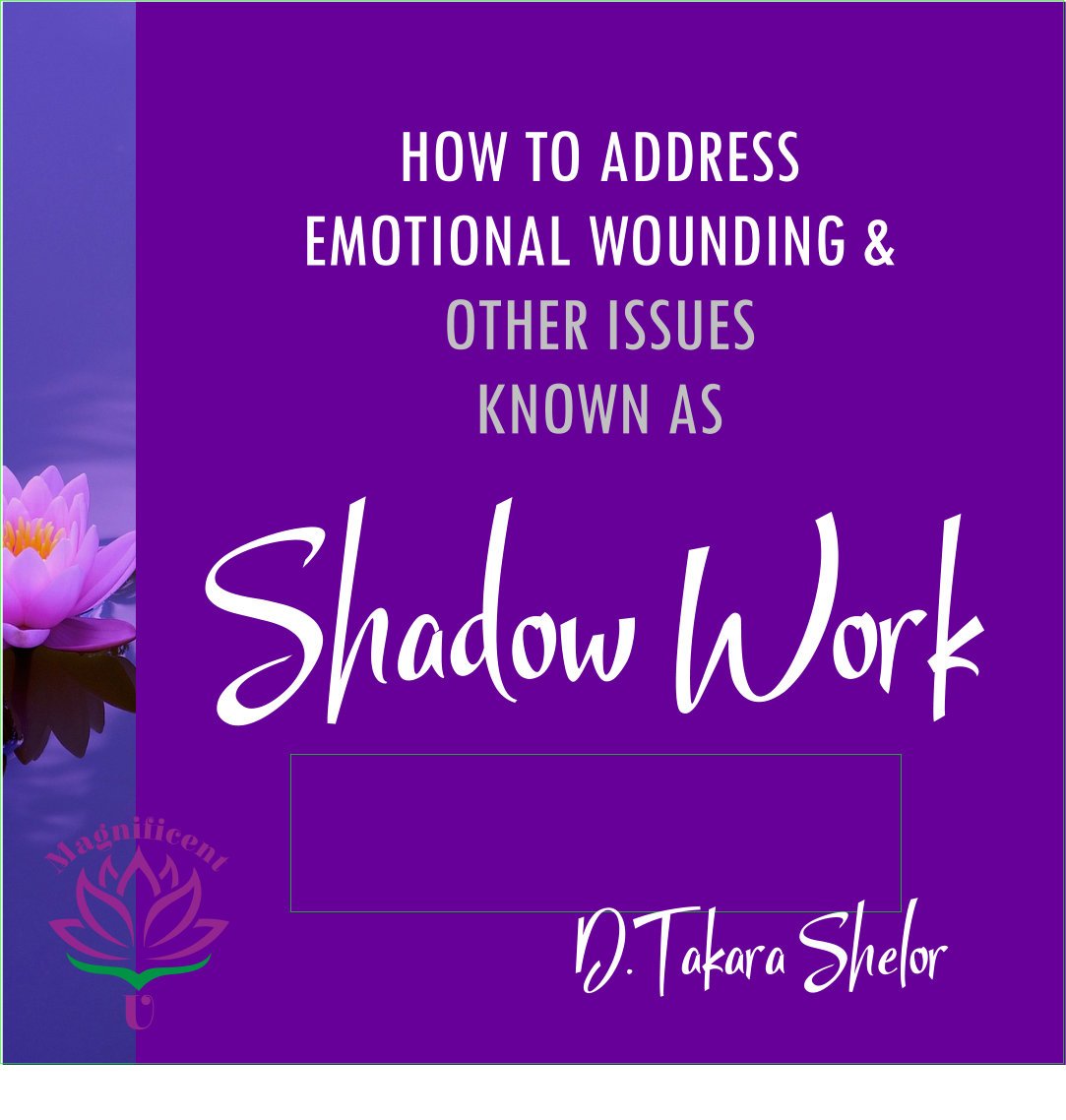When you visit the high desert of Santa Fe, New Mexico at 7,000 feet above sea level or go skiing or hiking in the Rockies or another high mountain range, you run the risk of experiencing altitude sickness as well as dehydration. As the altitude increases, the barometric pressure decreases. This causes the oxygen pressure to drop as well. This is known as oxygen deprivation. It is not easy to predict who will, or will not, experience symptoms. If you are one of the unlucky ones, it could ruin your entire trip.
Altitude Sickness Symptoms can include: tiredness, headache, nausea, vomiting, dizziness, & trouble sleeping.
We used to live near Santa Fe, New Mexico and people came from all over the world to visit this enchanted place. Groups and individuals came to us specifically for guided hikes to sacred sites, majestic waterfalls, or to visit native pueblos. They also came to experience powerful ceremonies like sweat lodge. The first thing I would ask them when they said they would be visiting from out of town was, “Where do you live?”
If you live at sea level, or any location below 5,000 feet, do not plan any strenuous physical activity like a hike, skiing, or participating in a sweat lodge within the first day or two of your arrival to Santa Fe, NM. Regardless of your level of fitness, you need to give your body time to acclimate. Even world class athletes have altitude adjustment issues and are quickly winded doing anything at the high elevation. Just walking down the street can be exhausting until your body is used to utilizing less oxygen.
Rest and drink plenty of water to help your body adjust the first few days.
There are two recommendations to help your body before and after you arrive.
The first is Thrive – a roll-on aromatherapy product enhanced with a flower essence I made from a local native plant called the Prickly Pear Cactus. The Prickly Pear thrives in the high and dry climate of Santa Fe and it can assist you to do the same. You simply shake the bottle and then roll it on to the back of your neck and pulse points like cologne or perfume and it assists your body in acclimating. Thrive also helps when you are under any type of physical or mental stress. It is fabulous after a sweat lodge when your body is in “recovery.”
Start using Thrive three to four times a day starting a week or more before your journey and continuing every day at high altitude.
“I am writing to tell you how grateful my mother and I are for the support that Thrive gave us at high altitudes . . . from Santa Fe and on up over 8,000 feet in the Sangre de Christo mountains in Colorado. My mother had a dream of going to visit Great Sand Dunes National Park in Colorado. She had gone through bypass surgery two years ago at the age of 88. I wanted to help her fulfill her dream, but was concerned about how she would do with the altitude. She did fabulously with the help of Thrive. We were able to walk and explore and be active with no adjustment time. She did just as well as she does at sea level, which is where she lives. When we were in Colorado, the people where we were staying were amazed at her endurance and activity level. They have seen many, many people much younger than my mother not do nearly as well. I could also feel the benefits of using Thrive, especially when I was at the top of Pike’s Peak and able to walk around to take in the views. Thanks for a great essence.”
– Carol Renwick, Teacher, New Hampshire
Thrive – 1/3 oz. Dancing Dolphin Roll-on. Made with the finest organic fractionated coconut and red raspberry seed oils, enhanced with Dancing Dolphin Flower & Gem Essences and the therapeutic quality essential oils of: Cedarwood, Rosemary, Thyme linalol, Spikenard, Turkish Rose and Melissa. Get Your Thrive Here!
The second recommendation is a mineral supplement. A mineral supplement helps you to hydrate, mineralize, and become more alkaline. I use one every day.
Caution: These suggestions are for travelers visiting moderately high altitude (5,000 to 10,000 feet above sea level). They are not intended to handle severe altitude conditions (greater than 10,000 feet above sea level) faced by mountain climbers. Failure to apply the proper precautions at extreme altitude can result in severe conditions and potentially death.
DISCLAIMER: The above statements have not been evaluated by the FDA. We do not diagnose or treat mental, emotional, or physical illness or disease. The information contained herein is for educational and informational purposes only. You are responsible for your own well being. For serious conditions, seek the assistance of a trained health care professional.
Return from dealing with high altitude sickness to the Magnificent U spiritual and shamanic home page.




 Takara Shelor
Takara Shelor Takara Shelor
Takara Shelor
Leave a Reply
Want to join the discussion?Feel free to contribute!